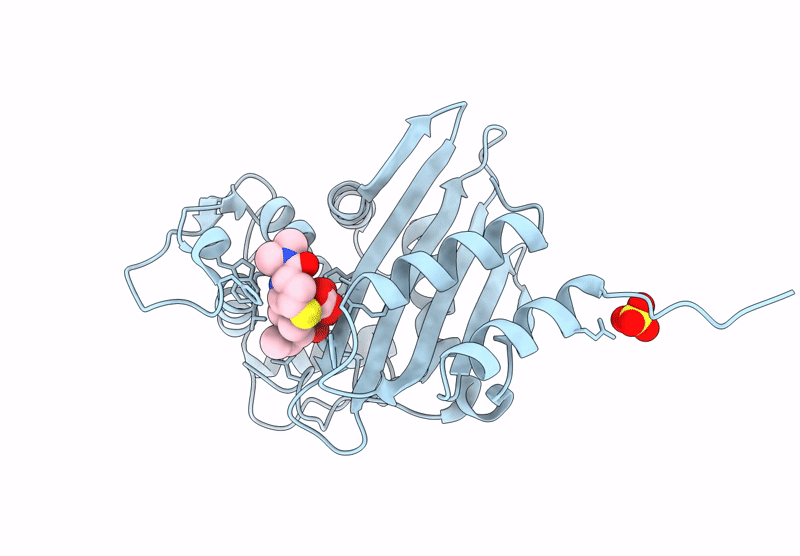
Deposition Date
2025-03-17
Release Date
2025-08-06
Last Version Date
2025-10-15
Entry Detail
Biological Source:
Source Organism:
Acinetobacter baumannii (Taxon ID: 470)
Host Organism:
Method Details:
Experimental Method:
Resolution:
1.57 Å
R-Value Free:
0.20
R-Value Work:
0.18
R-Value Observed:
0.18
Space Group:
P 42 21 2


